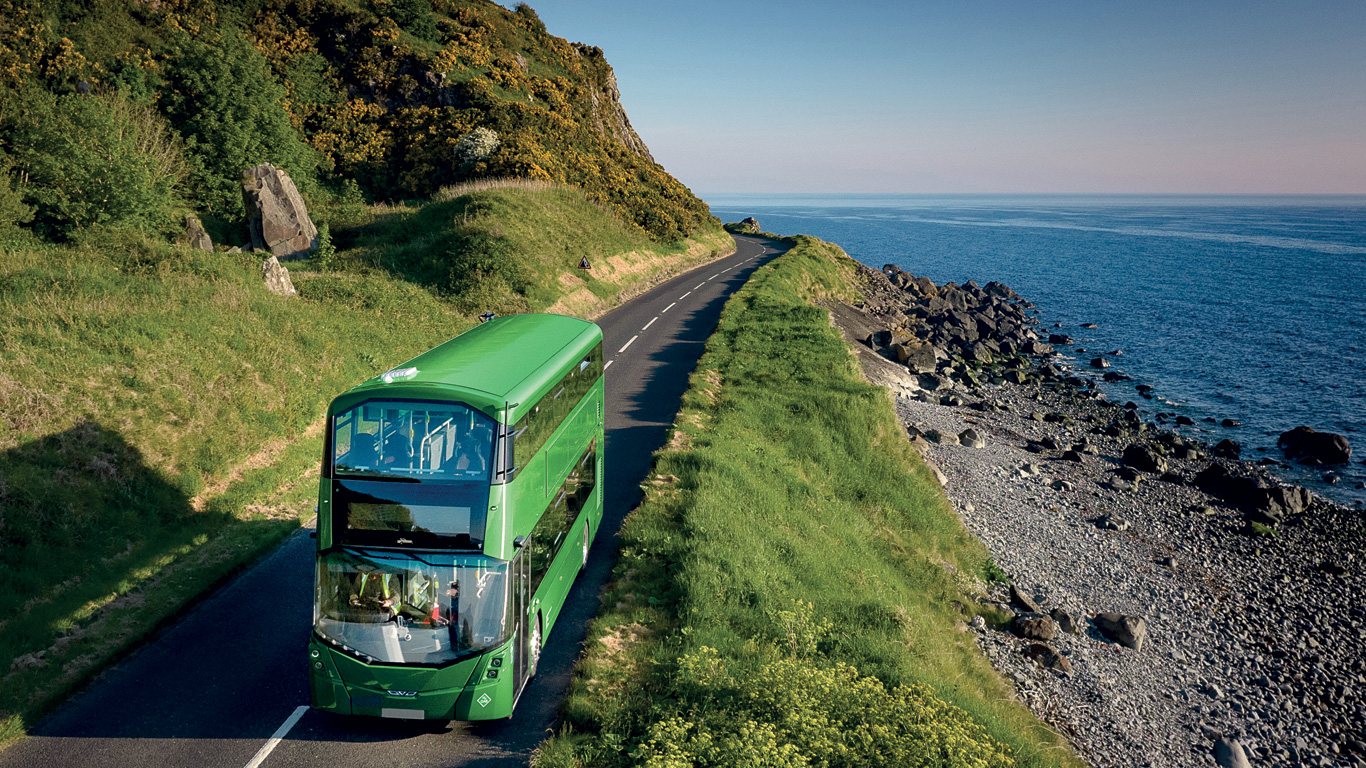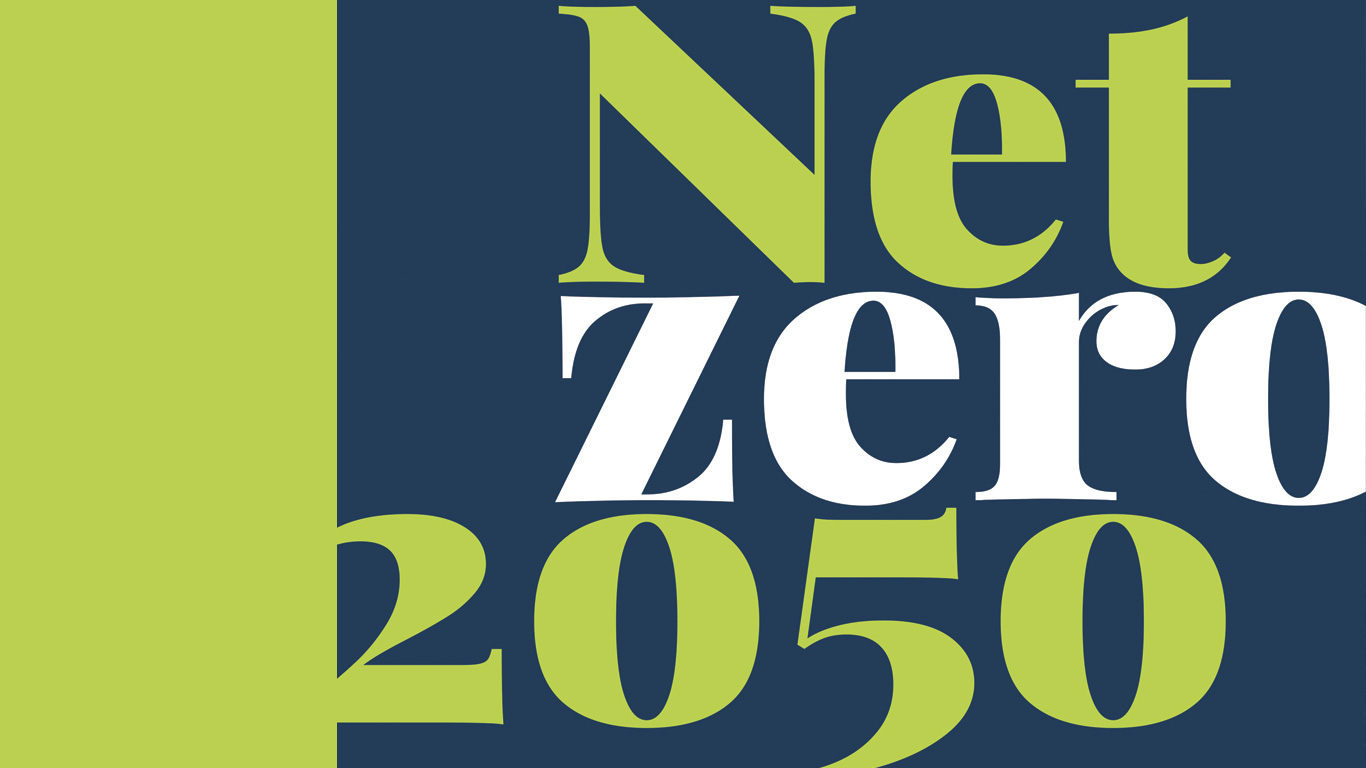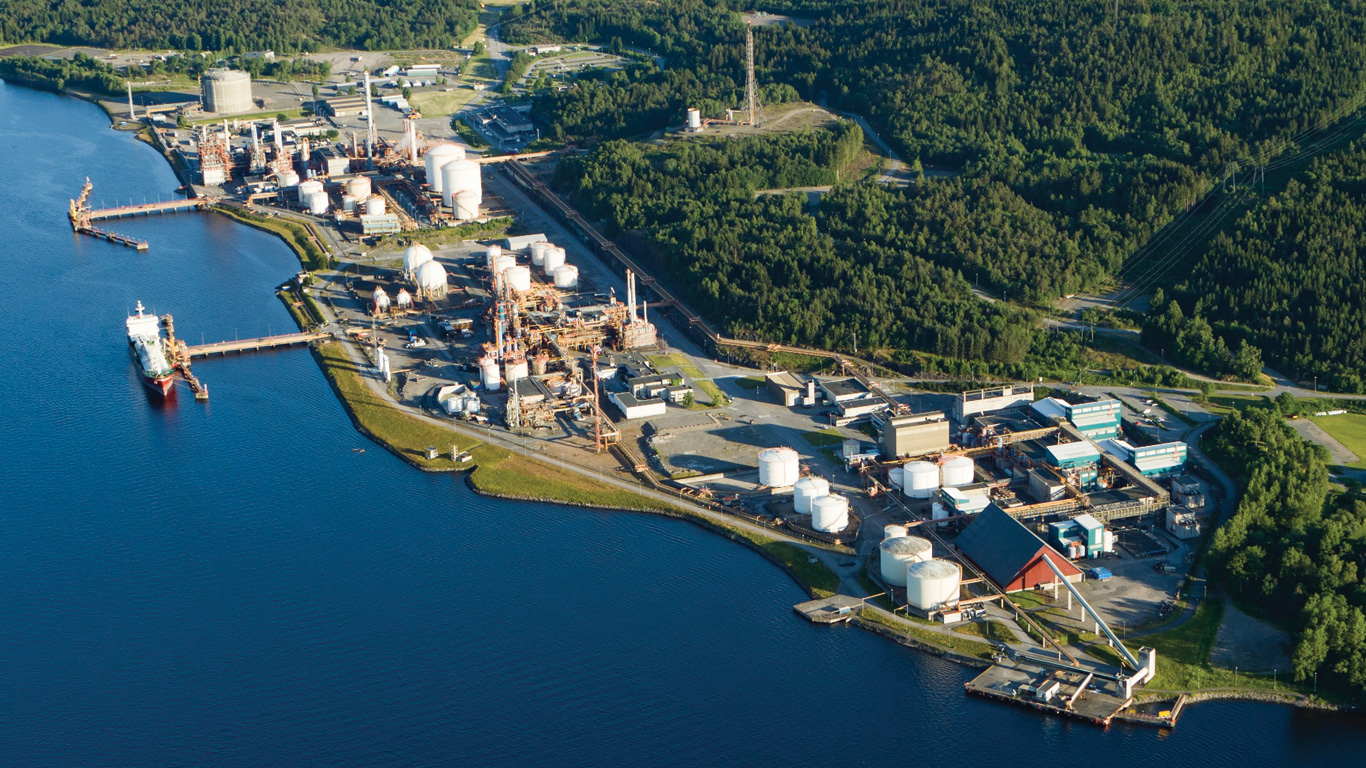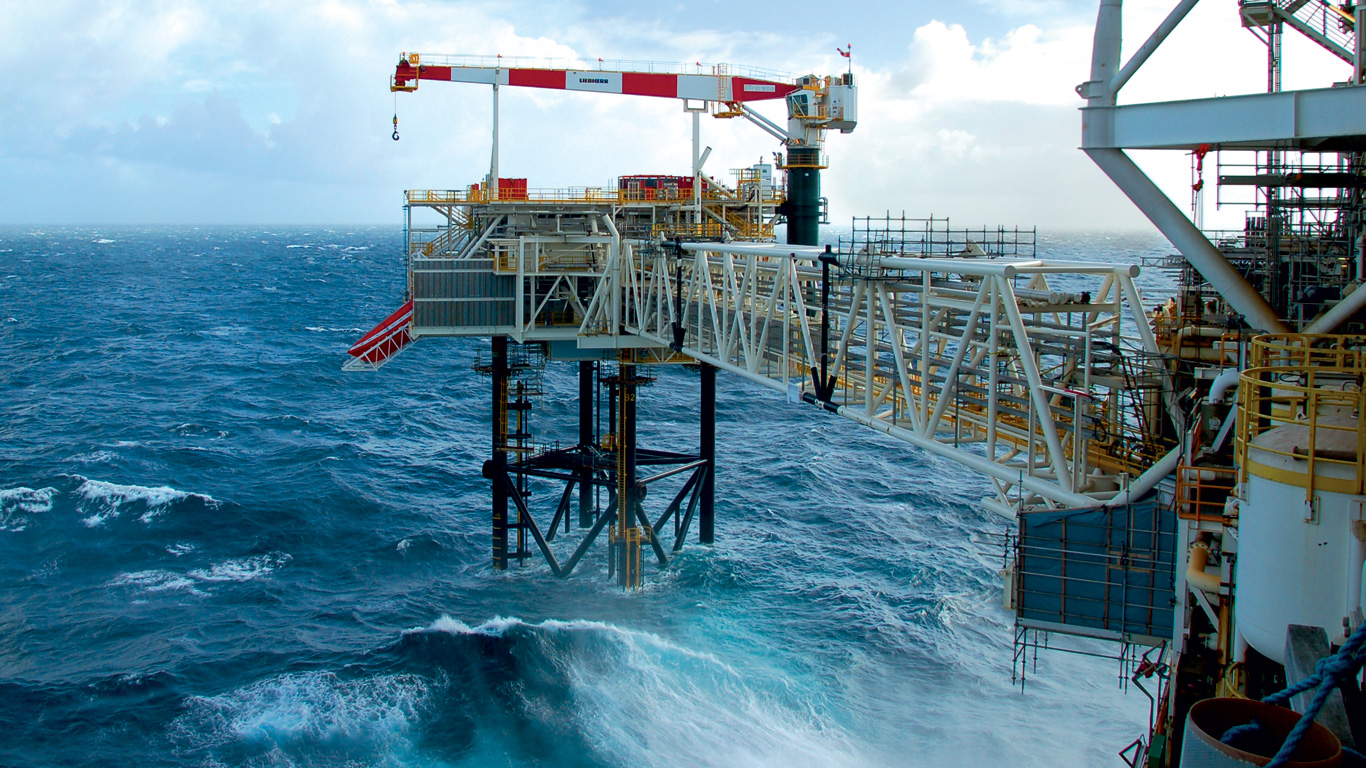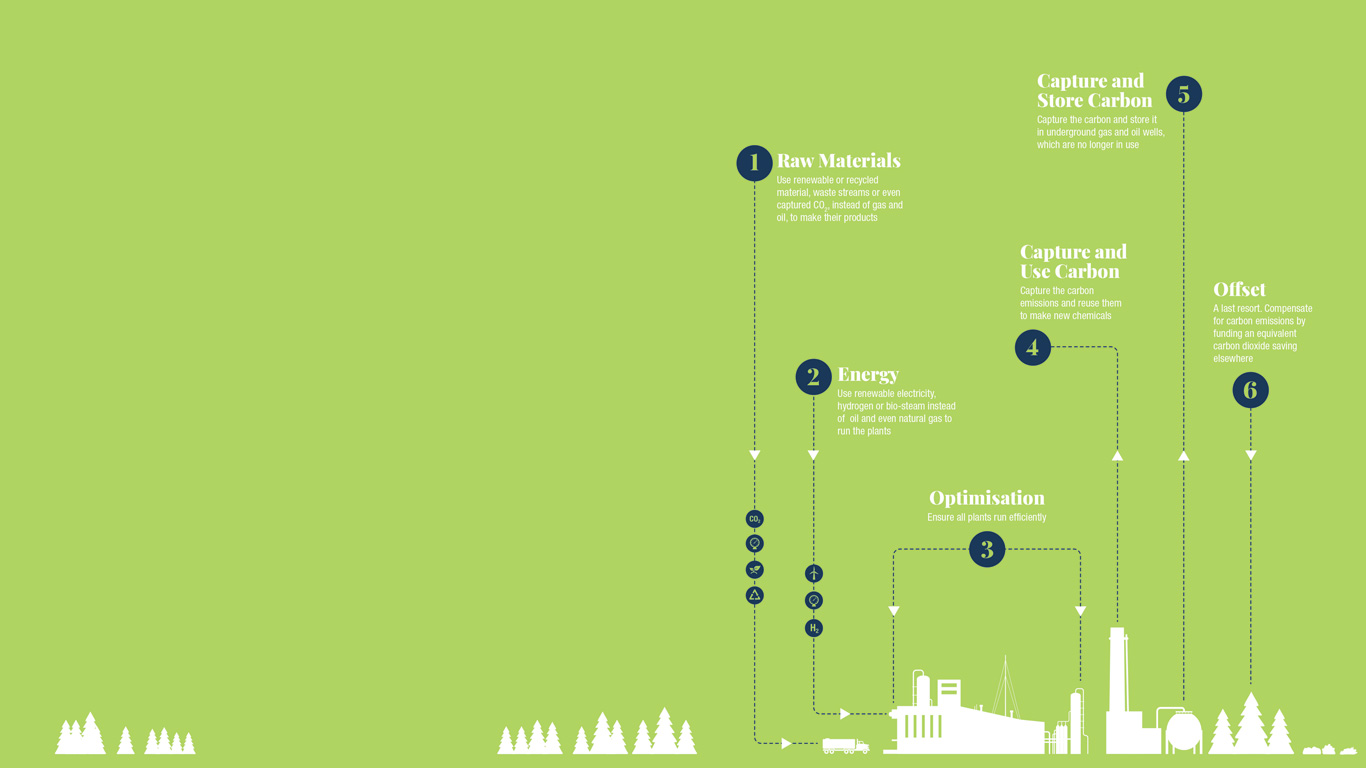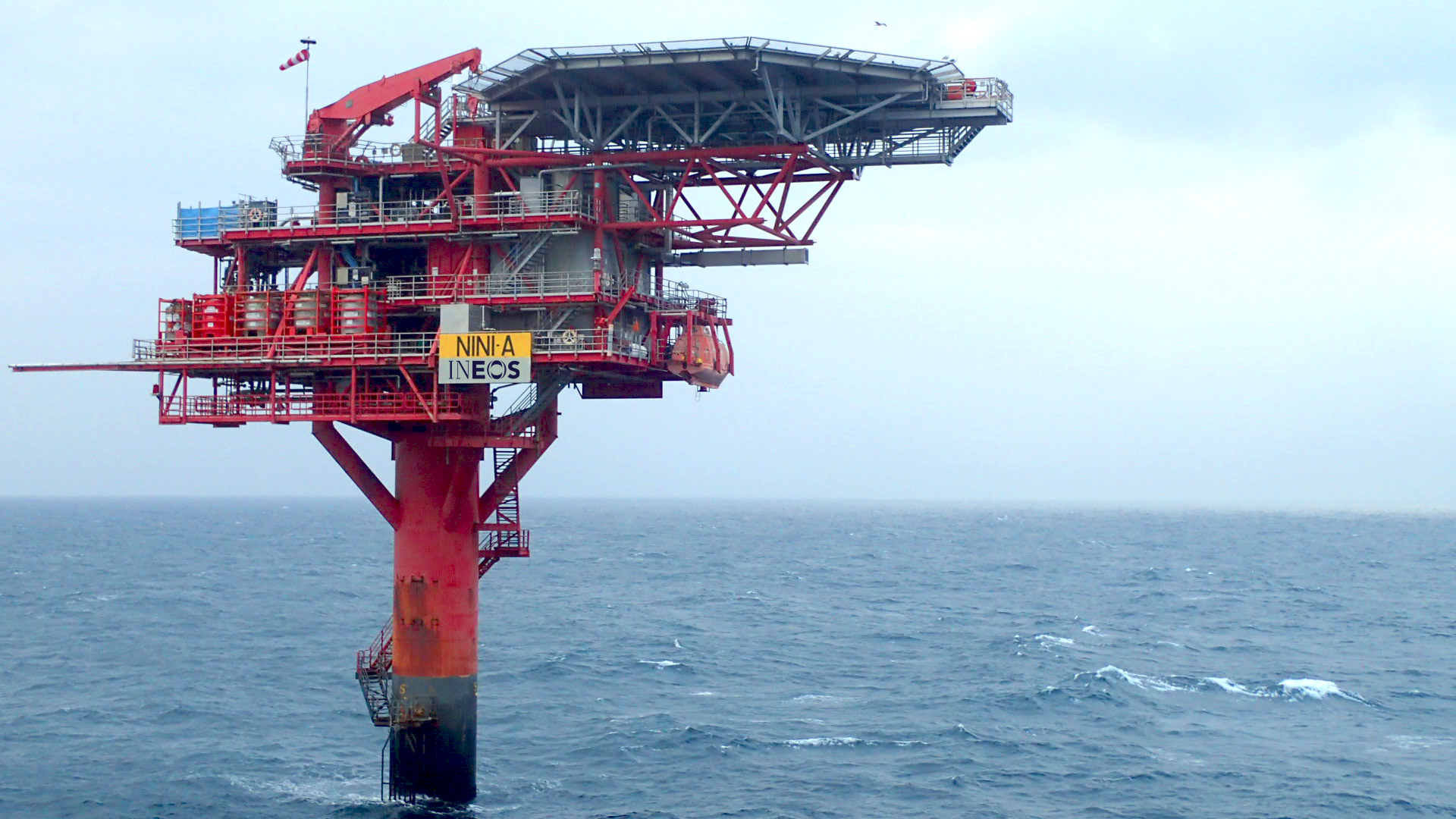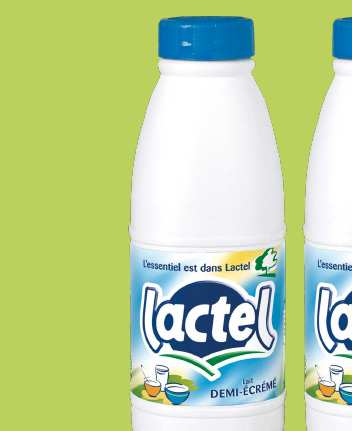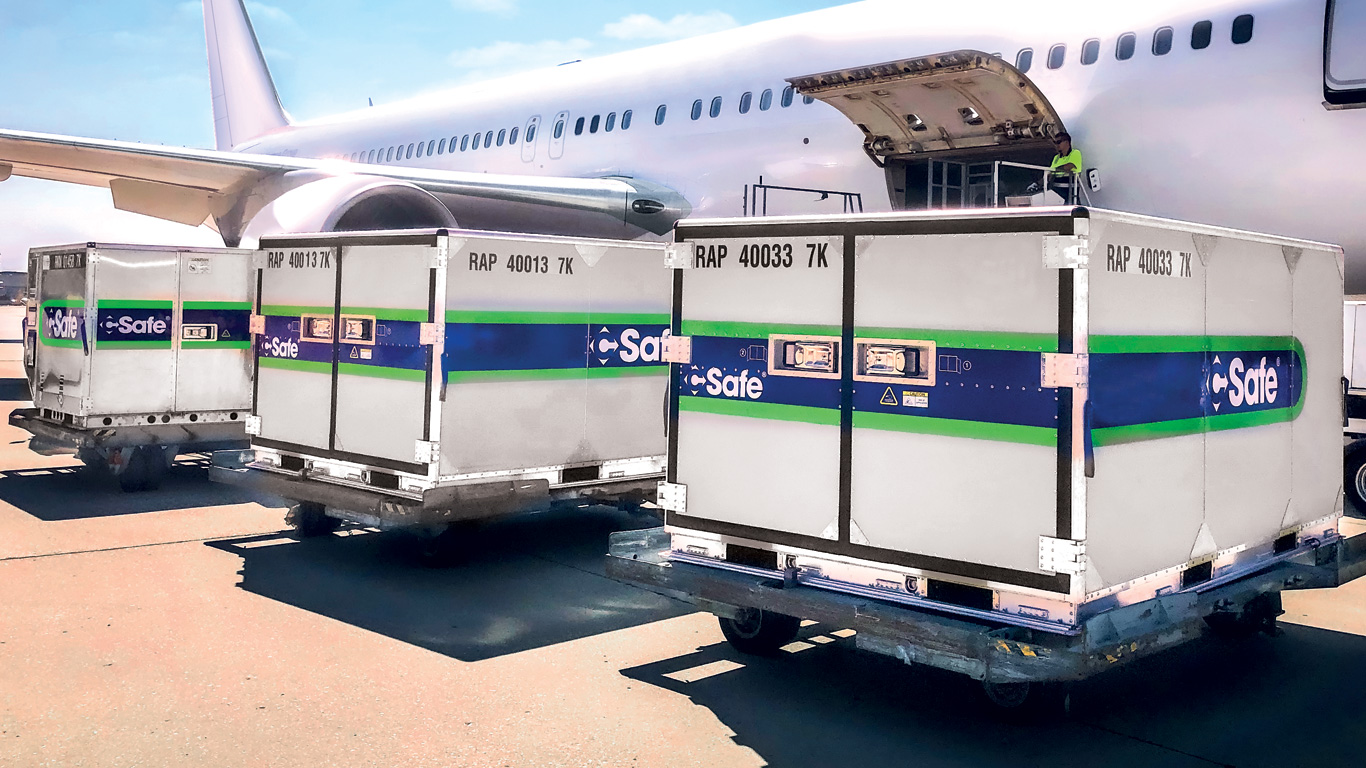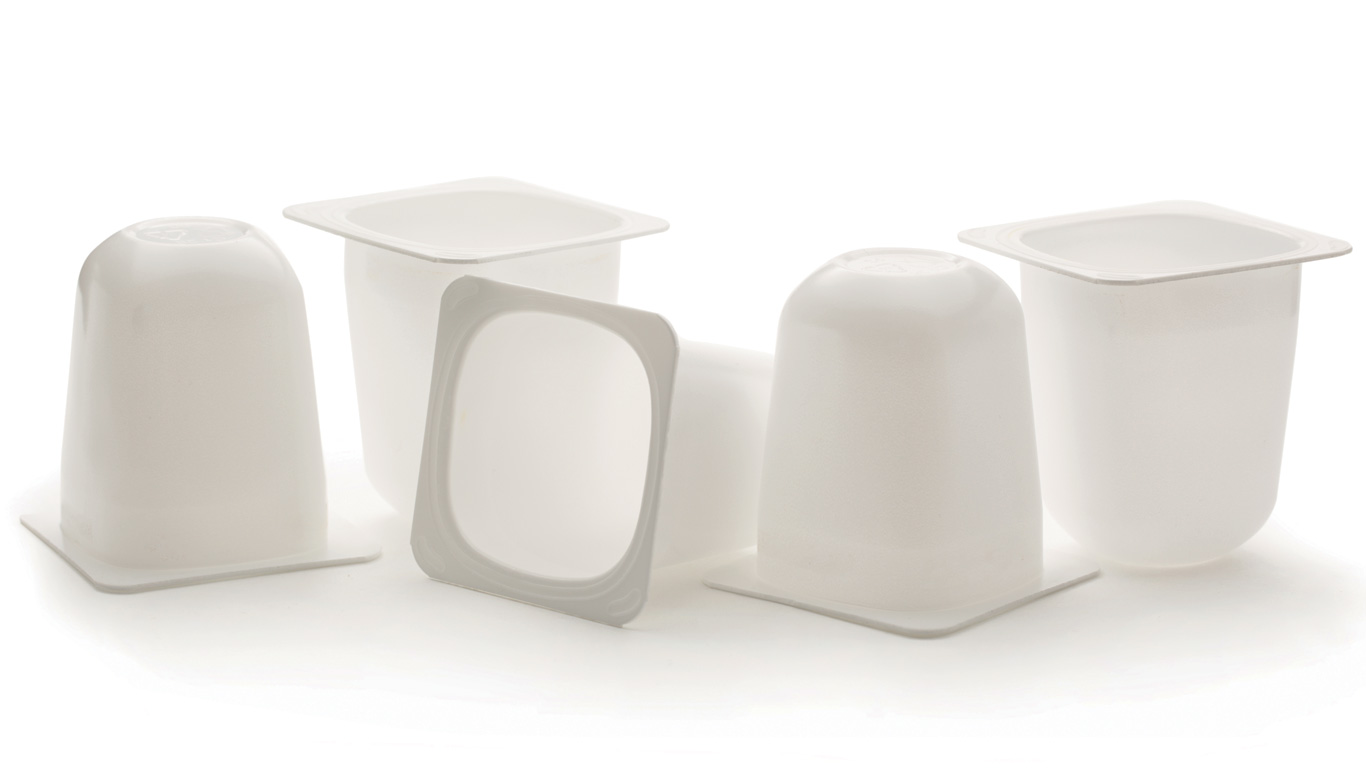Platinum and gold awards for sustainability
Sustainability is a way of life at INEOS because it drives innovation. Doing good is also good for business. For over the years, it has become increasingly important to INEOS’ employees, communities, customers and investors.
“It’s our licence to operate,” said sustainability officer Marie Casier. “And it is what our suppliers and customers quite rightly want to see.”
INEOS Europe’s rating has improved immeasurably since 2016 when it first asked EcoVadis to judge its commitment to building a more sustainable and environmentally-sound business.
Those improvements have led to gold and platinum awards in recent sustainability assessments by the independent organisation, which specialises in assessing the performance of companies globally.
INEOS Styrolution achieved a platinum award, placing it in the top 1% of the best-rated chemical businesses in the world while INOVYN and INEOS Europe AG achieved gold ratings, placing them in the top 4% of the 65,000 companies rated.
“We were especially recognised for our environmental performance, reflecting our commitment to carbon emission reduction targets and to recycling and the circular economy,” said Marie.
This year INEOS has been collecting data from all businesses to make a group submission to EcoVadis.
It is hoped that the decision to introduce a group-wide Supplier Code of Conduct will be warmly received.
For the code sets out INEOS’ position, in that it only wants to do business with suppliers – both upstream and downstream – who share a similar ethos on sustainability.
David Thompson, CEO of Trading and Shipping, led the procurement directors’ group who produced the code.
“We work with thousands of suppliers and we expect that they already adhere to most of the rules in the code,” he said. “But what we hope to do is encourage them to also adhere to our safety standards and our expectations on protecting the environment.
“It is way of also assuring all of our stakeholders that our suppliers are equally aligned with our own objectives.”
The code is available in 24 languages, including Arabic, Russian and Mandarin, to ensure it is understood at INEOS’ sites around the world.
Jacob Dossett, feedstock procurement manager for INEOS Nitriles, helped to draft the code.
“It summarises what we expect of everyone in our supply chain and we aim to reserve the right to terminate business with anyone who is unable to align with our expectations,” he said.
